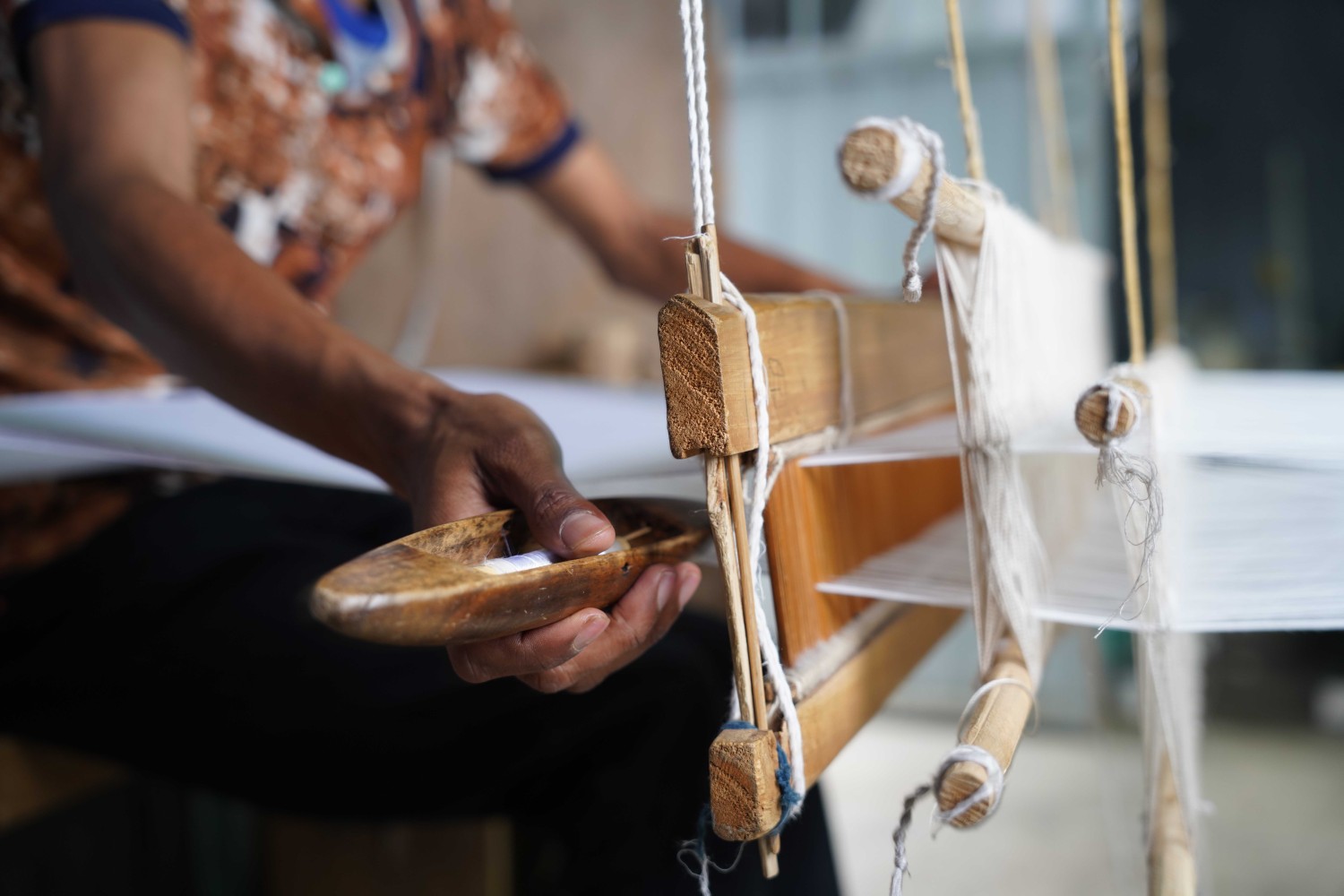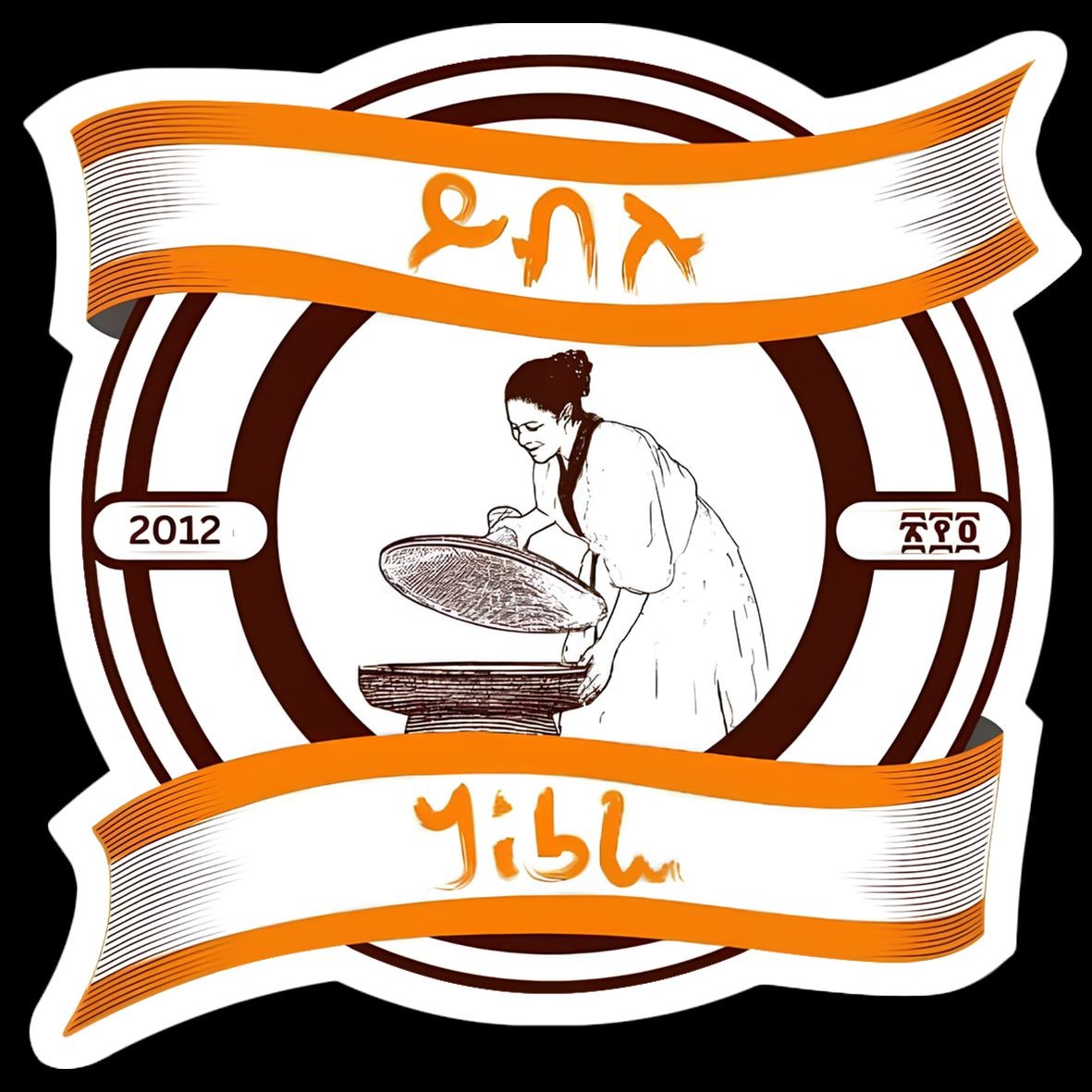Ethiopian Traditional Artifacts/Handicrafts

The Ethiopian traditional artifacts originated in the artistic creativity of the ancient civilization of
the country. The earliest cultural centers of which the South Arabians immigrants settled at the
northern Ethiopia were Yeha and Aksum. Historically, external contact with Byzantine, Greece,
Roman Empire contributed to the cultural development of Ethiopian artistic creativity.
The Ethiopian church is the custodian of valuable cultural pigments such as classic royal style
costumes, effigies made of curved wood, silk and traditional leather made of animal hide and
skin with fine embroider. The liturgy and artistic decoration indigenous cultural artifacts still kept
in most the Ethiopian tradition.
The material culture of the Ethiopian people including semi-pastoralist groups featured in
various places of the country is distinctive cultural and historical noticeable evidence.
Historical& Cultural Development of Handicrafts
Ethiopia is an eminent cultural landscape for distinctive historic and traditional artifacts which
date back to the millennia. Since then, artifacts identified as cultural and historical presence of
2
the country in the international arena. Nevertheless failure to strong conservation of artifacts can
creates gab in making practices. The remarkable cultural make up where reflects originality the
traditional activities of weaving, pottery, tannery, sculptures in which the basic livelihood relied.
Among the traditional handicraft original hubs in Ethiopia: the Amhara, Lasta, North Wollo,
Menz, Gondar, Tegre-Aksum, Dorze-Gamo, Gofa, Oromo, Wolayita, Gofa, Sidama, Hadiya,
Halaba-kembata, Dawuro and Southwestern and Southeastern pastoralist inhabited areas are
worth cited. This makes Ethiopia the cradle of elegant artifacts.
Handicrafts as valuable material culture: tangible tie to look the past and tomorrow, have
paramount role for aesthetic realm, generating values, continuity of history keeps alive the
cultural scene of the past,. Recently, material culture at larger context of modernity becomes
conceptual challenges to Ethiopian traditional homemade products. Develop indigenous skills
attributed to originality of handicrafts however, intermediate diffusion of innovations between
local technology and markets.
When we look cultural features of the unique homemade traditional costumes, leather, pottery,
curved woods are quite possible to recognize the role of weavers, tanners, potters and
sculptors. A high class quality local product available in various souvenir shops promotes
material culture, changing attitude towards the crafters. For better future, it is indispensible to
avoid previous biases at national level, and also expected from all key stakeholders to enhance
the cottage industry. These comprise heritages with both traditional and contemporary material
culture expressions through handicraft products.
Various researches on cultural history of Ethiopia address conservation of indigenous skill to
foster locally made products undoubtedly recognize the transmission of knowledge from
generation to generation.
Despite of the occupational marginalization, the monarchy had been interested in the
development of handicraft due to their skillful servants engaged in such activities. The craftsmen
making local products for decorated value emblematic to the royal insistence.
Historically, Ethiopian rulers essentially emperors Fasil, Tewodros II, emperor Menilek , and
king Sahle Selassie of Shoa, used foreign skilled craftsmen, they were not only admirer for
luxurious artifacts but also prestige in fire arms, buildings and technologies. The interest to use
expatriate skills is intact today influence up on many social and cultural aspects.
3
The Jewish Influence on the Ethiopian traditional crafts: The traditional potters and smiths
of the northern parts of Gondar, the Black Jews (the Bete-Israel or locally call as Falasha) are
specialist of pottery and metallurgy artifacts. However, they are non-Christians they became
victims of occupational marginalization for long centuries. Since Christianity adopted some of
the Jewish tradition, the Judeo-Christianity cultural development grown in the Aksumite empire.
The black Jews of Ethiopia still practices the Old Testament rules in their synagogue because of
their attachment with the famous king Solomon of Israel. They have always depicted the David
Star in throughout their pottery or iron working. During the reign of emperor Tewodros II, the
native ironsmiths around Debre Tabor had been employed at the Gafat mortar foundry. The
area of Gafat village where located the local craftsmen was socially exposed to stereotypic
alienation.
Societal perception of occupational marginalization in Ethiopia: The people mostly who
belong to Christianity viewed the black Jews as possessors of the evil eyes or witchcraft what
locally known as “Buda” or “Teyyib” or “Kayila” or “Shakilaseri”, “Ketikach”, “Qoda faqi, “Qutit
betash”, and so on. Thus, the traditional high level of skilled black Jewish artisans (potters and
smiths) were looked down; forced in to cursed maltreatment and pejorative names given to
them due to their typical occupational ways of life. The same is true in the southern Ethiopia
craftsmen are victims of low status occupation based inequality or marginalization. In most part
of the South, derogatory names are given to artisans such “Fuga”, “Degela”, and “Manja”. Apart
from socio-cultural perspective (societal negative perception of predispositions stigma), the
state is imperative to mitigate this historical missing in its policy.
Besides to the immense traditions, glamor of Ethiopian artifacts has international market
opportunities or higher demands. Homemade products are mostly vibrant palpable cultural
tourism, environmental friendly in its method of processing, which made from naturally safe
materials, though authentic cultural products, some quality standards and guidelines require
technical specialized attention for participants’ capacity. Women have more involvement
enrolment in the homemade products and essential to scale up simply at their home level.
Among the crucial problem that cottage industry encountered to develop itself: limited
promotional opportunities of poor crafters, labor intensive with low income, lack of equipment
and working space, skill transmission potential gap between domestic craftsmen and urban
centers, poor market links, global cultural burden, undermined the long historical and cultural
4
diverse values of artifacts, lack of strong strategic sustainable partnership for private sectors,
lack of copyright-branding systems for indigenous knowledge.
Hand woven traditional costumes that symbolize Ethiopian multi-cultural societies: women’s
dress, huts, big and small scarves, the heavier cotton shawl (Gabi ), red pattern cloak called(
jano), a light cotton shawl (Kuta), Single cotton shawl (Natala with Jano), a full length embroiled
dress with round waist and down the calf of indigo-colored bottom edge pattern dress worn by
women ( Shemma, or Habesha Qemis,), night wear pajama, shirts, skirts, home decors
(blankets, cushion covers, coach cover, table covers), pillow covers. The Muslim communities
use gleaming head wear (Gufta) perhaps imported from outside world but now becomes locally
producing. Cultural dresses and stylish head wears among the young women can exemplify a
certain charm in Ethiopia. There are differences of wearing styles of cotton cloths between the
highlanders and the lowlanders.
On the other hand, baskets, bags, rugs made of threads by hand-woven talents are also eco-
friendly products, demanded at national and international markets.
Weaving is ways of life among the Dorze people. They were summoned by the emperor
Menilek II in Addis Ababa to make deluxe weaving products for the royal families. Recently, the
Dorze mainly Hayzo local village became the major cultural tourism attraction for its traditional
costumes. The skillful master weavers of Dorze cultural cloth of Donguzza which is
sophisticated colorful pattern and design made of cotton more dedicated to their clan chief and
ordinaries. The color for instance, the white with edge adorned patterns (signify peace), the
wide black signify the status of clan chief, the red light shawls (mixed with black and yellow)
represents his guards, the thin tricolor parallel pattern represents his family.
Different designs of delighted handmade beauty cotton women dressings, cotton hand bags, T-
shirts, light shawl wears, table cover sheet, neck scarves, hand bags, or packs or bag made of
cotton, or instance put on show at Store251 shop in Addis Ababa.
The Ethiopian Orthodox church priests and deacons wearing ceremonial cotton costumes and
head scarves while in the church celebrations; ordinary people wear cotton costumes during
public and religious festivals. This attracts visitors looking the worn women and men. The
epiphany, for instance a colorful religious and cultural nation-wide festival in Ethiopia celebrates
annually in every January draw attentions of tourists at Jan Meda in Addis Ababa and in
5
Gondar. Muslims holidays also observed throughout they live is typical wearing attractions. The
minstrels with one-stringed fiddles playing traditional songs also wear homemade cotton
costumes. The coffee women can wear a traditional homemade costume at a certain ceremony.
Thus, no Ethiopian holyday is undeniably far-reaching without coffee ceremonies.
Pottery is one of the oldest traditional skills of the ancient Ethiopia of the pre-Aksumite culture
specialized by craftswomen. Archeological findings suggest that pottery is an important cultural
object for the development of obsidian lithic industry in the pre-historic period. Potteries
surveyed in the tombs at Yeha are epigraphically ascribed to the South Arabian classification.
The typical forms of pottery are black burnished cups, jugs with vertical handle, necked bottles,
jars with outside rim, bowls, dark red slip ware, tulip like pots, cylindrical pots, flakes, decorated
patterns molded and painted (wolf-teeth, straight or wavy, zigzag, crisscross, amphora, chain,
etc depends on the area where engraved decorations), oval, quadrangular, falcate, Small
Square ornate with clay collar patterns pots, surface finishing with black topped jars, decorated
frank incense altars with small tripod myrrh flames and animal shapes perhaps not dated
precisely it corresponds to idolatry influences of the Greeks, Meroe-Nubians and South
Arabians.
The most common beautiful pottery products coffee pots (Jabana), water pots (Ensira, Massero,
Gan), cooking pots (Dist, Setate), eating chopped meat pan(YeKetfo Taba), eating roasted meet
pan(Yegel Tibis), baking pan (Mitad) mostly in the rural parts of the country. In the modern
pottery products like drinking small cup (Kubaya, Sini), flower cups, other household utensils
made of clay ornaments useful for antique value.
Jewelries made of recycled metallurgies or Semi-precious stone necklace pendant, hand
bracelet, earing adornment, and so on.
Curved wood gems, figurinefine equipment are worth mention.
Traditional leathers have long history in Ethiopia. The rural tanners used animal skin for
different day to day activities or purposes: to care a child on the mother’s back (Mazel), fetching
water on animal backs (Silicha), packs cereals or grind powders or honey or butter or milk
(Qelqelo, Silicha), for a travel lunch picnic( Agelgil), for sitting and sleeping sheet (Agoza,
Jendi,), decorating interior walls and roofs (Gett), for robes (Mechagna, Tefir), local flat shoes
(Tiriq chama), Bed and chair covers(Yetfir Alga, Wonber), shields cover( Ye Gasha libat) and so
on.
6
Leather craftsmanship becomes excelled in modernizing products for high demand markets.
Valued leather goods such as Jacket or overcoat costumes, trouser girdles, shoes, men or
women bags, tablet sizes, wallets, and hand and neck adornments made from animal skin
materials demonstrate aesthetic value and embody a rich social astonishment.
Traditional weaving reflects the ancient trends of love of ornamentation, a fanciful for beauty
adorn. Traditional decoration is a timeless icon of ethnographic and religious artifacts as
national identity. Thus, visual artifacts keeping alive the exceptional talents of indigenous
craftsmanship wisdom of unique weaving, pottery, tannery, smiths, makes Ethiopia a treasure
house of classic artifacts.


